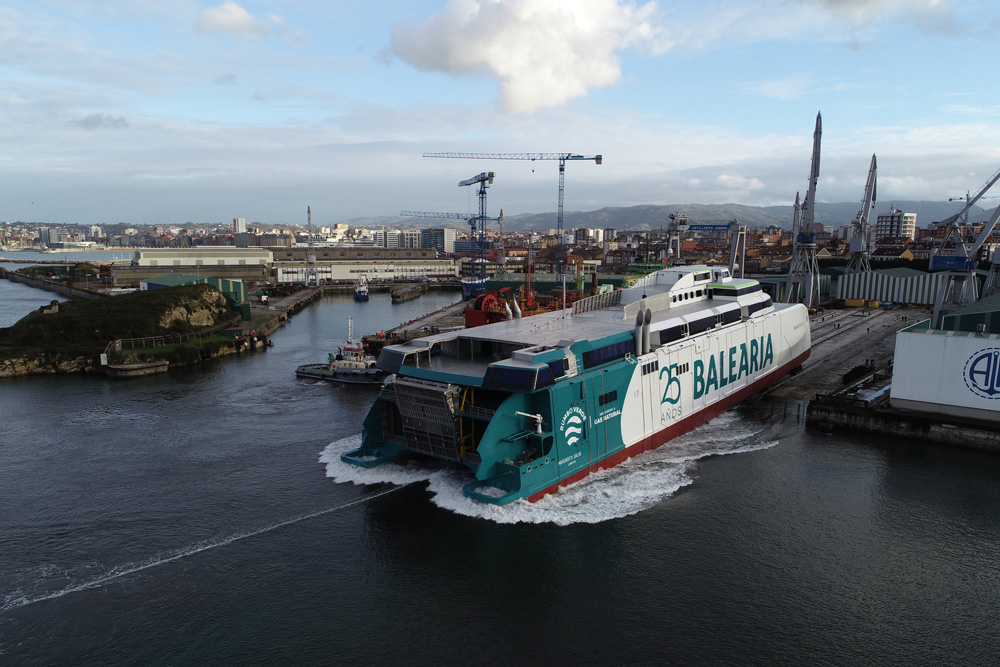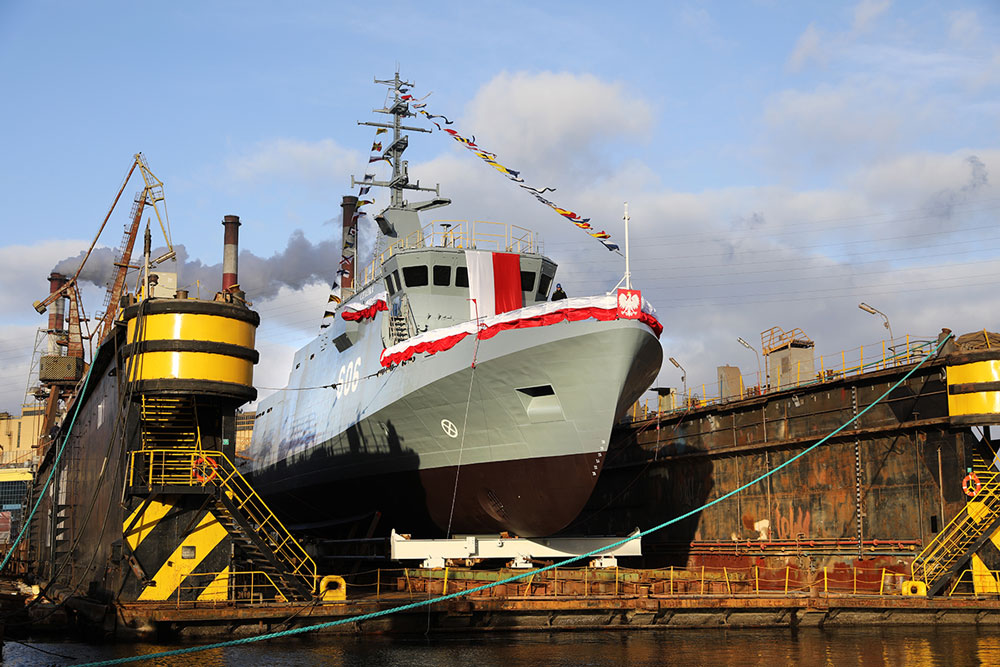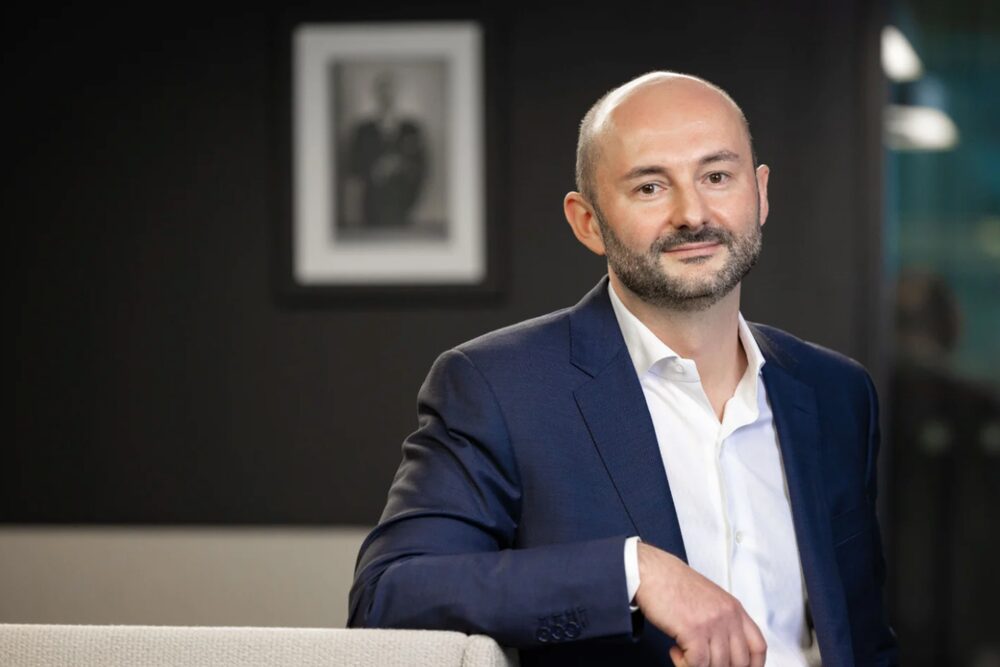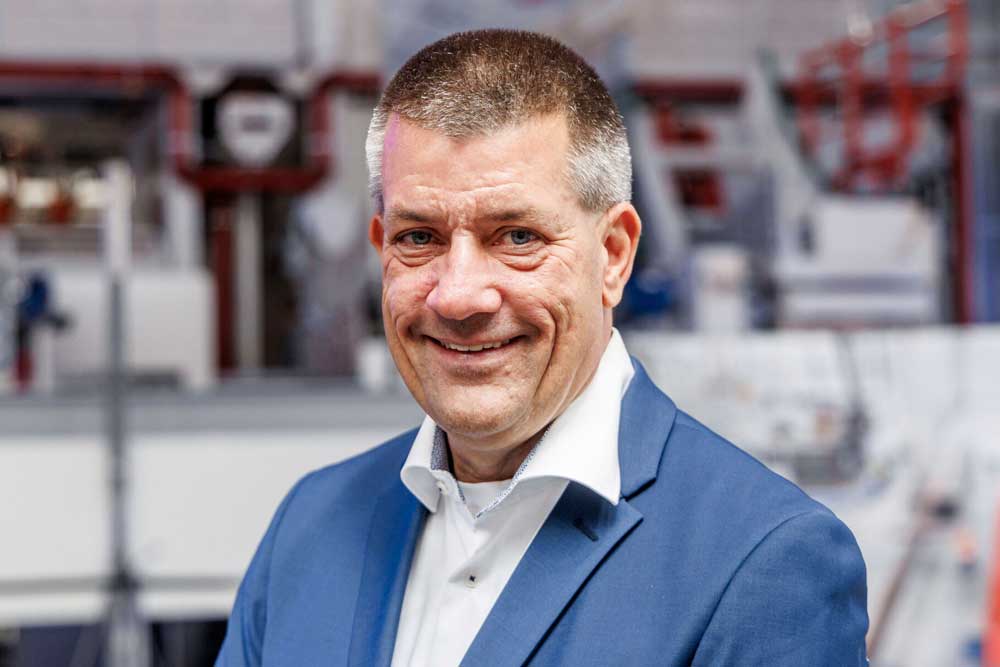The Spanish shipping company Balearia is approaching the commissioning of its latest fast ferry “Margarita Salas”, which is being built in Gijon.
The ship has now been launched for Balearia at the Armon shipyard. It is the shipping company’s second high-speed ferry to be equipped with two gas engines[ds_preview].
Balearia is relying on similar features for the “Margarita Salas” as for the “Eleanor Roosevelt” catamaran. However, there are also upgrades. According to the shipping company, the ship’s performance has been increased by 10% and a second passenger deck has been added. Baleària has invested €126 million in the construction and the ship is due to enter service next summer.
On the occasion of the launch, shipping company boss Adolfo Utor emphasized that this second unit improves the “Eleanor Roosevelt” in terms of technology and comfort: “We already had an excellent ship in terms of navigability, comfort and passenger satisfaction, and we are proud to have taken another step forward with the ‘Margarita Salas’.”
Utor also referred to the scientist Margarita Salas, whose name the ship bears: “We are adding another ship to our fleet that honors a pioneer in science, in this case an extraordinary personality and a leader in her field, molecular biology.”
“Excellence in Spanish shipbuilding”
Laudelino Alperi, Co-President of the Armon Shipyards Group, emphasized the “significant milestone represented by the launching of this spectacular ship, which was an exciting challenge”. He also pointed out that this new ship “is another step towards excellence in Spanish shipbuilding”, in which aluminum is the most important component. This material offers advantages such as lower weight, which reduces fuel consumption and helps to reduce the ship’s carbon footprint.
Balearia also relies on shore power
The new ship has the same dimensions as the “Eleanor Roosevelt” (123 m long and 28 m wide), but has 10% more power thanks to its four 9,600 kW twin natural gas engines. Like its predecessor, it is equipped with two azimuth propellers to improve manoeuvrability when docking, a stabilization system that reduces movements and increases passenger comfort, and high-tech innovations to minimize vibrations and noise.
It also has an OPS (Onshore Power Supply) system that allows it to be connected to the shore power supply during port calls, as well as measuring equipment to monitor actual fuel consumption and calculate the efficiency of the engines. The ship has two liquefied natural gas tanks, which should give it a range of 470 nm on gas and a total range of 1,000 nm.















